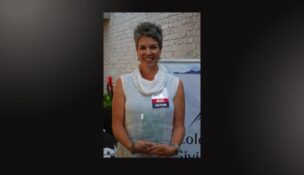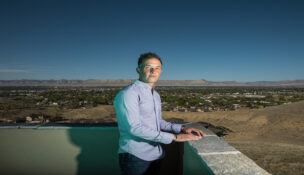Entrepreneur of 2023: Joe Laurienti
After eight years of testing, Ursa Major's rocket man readies for blast-off.
Eric Peterson //June 19, 2023//
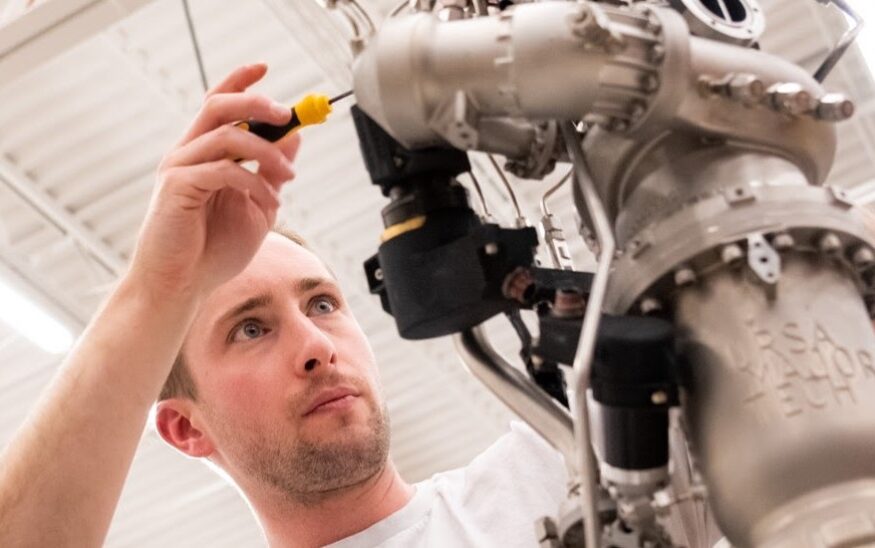

Entrepreneur of 2023: Joe Laurienti
After eight years of testing, Ursa Major's rocket man readies for blast-off.
Eric Peterson //June 19, 2023//
As an undergraduate at University of Southern California, Joe Laurienti was looking at a career building rocket engines, but the landscape was a bit monolithic at the time.
“When I was leaving undergrad, if you wanted to work in propulsion, if you wanted to work in rocket engines, it was pretty much NASA or a big legacy prime,” he says. “The truth is you might work on one rocket engine during a 30-year career.”
SpaceX and Blue Origin changed that dynamic by the end of the decade, “something I didn’t expect to happen in my lifetime,” says Laurienti, founder and CEO of Ursa Major Technologies in Berthoud. “They were taking a completely new approach.”
The two companies’ emergence kicked off a confounding industry trend. “The shift I saw after them was private companies raising venture capital, but they were raising venture capital to try and be an also-ran to SpaceX or Blue Origin,” says Laurienti, now 33. “Quite literally, companies were raising money with the business plan of being in second place.
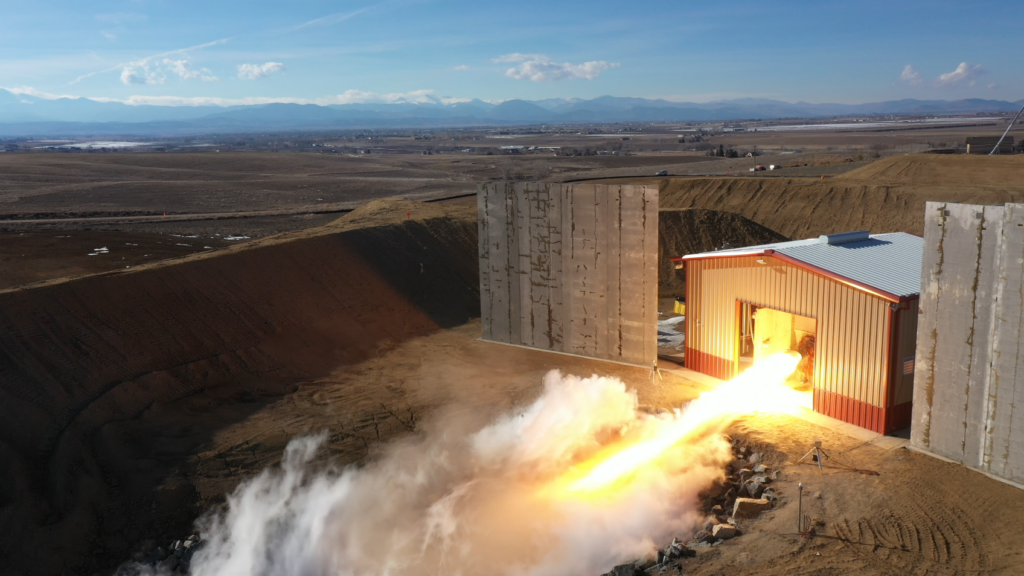
“What really struck me here was that it was not preordained that SpaceX or Blue Origin was going to own an entire market. They were first movers, and the analogy I use was that the first mover for the PC boom was IBM building a mainframe. Not that IBM lost market share or owned the entire market, it was that they innovated and brought a completely new, vertically integrated class to market that allowed Intel, AMD, Nvidia, to service Dell, Compaq, HP, Apple.”
Laurienti founded Ursa Major Technologies in 2015 to focus exclusively on propulsion made via 3D printing, or additive manufacturing. “I don’t think Ursa Major would have existed without additive,” he says. “If our business model is not to prolong the notion of ‘first movers have to own the entire market, everybody else is an also-ran,’ we have to expand the market beyond what current capability calls for. To me, the only way to do that was to use really novel manufacturing so that we could iterate more quickly, we could bring more products to market, we could help 20 different launch companies. We could try to create the next 10 SpaceXes as opposed to just taking one shot on goal.”
As a manufacturing engineer, Laurienti was familiar with 3D printing, but he didn’t see it used much for spacecraft before starting Ursa Major. “When Elon [Musk] bought a 3D printer at SpaceX, it was always printing chess pieces,” he remembers. “SpaceX is absolutely now printing and flying hardware, but the timing of Ursa Major’s genesis and 3D printing becoming much more ubiquitous in aerospace was really hand in hand.”

Founding Ursa Major by himself, Laurienti initially worked at his apartment and a coffee shop. He hired his first employees at a small attic office before the company needed space to start testing rocket engines in the real world. Ursa Major is now based on a 90-acre campus in Berthoud; the head count roughly doubled to 250 employees in 2022. The company has raised more than $130 million in venture capital to date.
“I grew up out here, so I had some familiarity with the amount of aerospace industry that was out there,” Laurienti says. “On the talent side, we can bring in folks who are experienced from the companies out here, but for me, it was much more the upstream, supply-chain side. Manufacturing was becoming much more readily available with aerospace-grade machine shops.”
After eight years of R&D and testing, the first missions powered by Ursa Major’s Hadley rocket engines are scheduled to blast off in summer 2023. “We should have at least two or three missions this year,” says Laurienti. “It’s a pretty big milestone to have not just our first attempt, but enough engines deployed to have multiple attempts.”
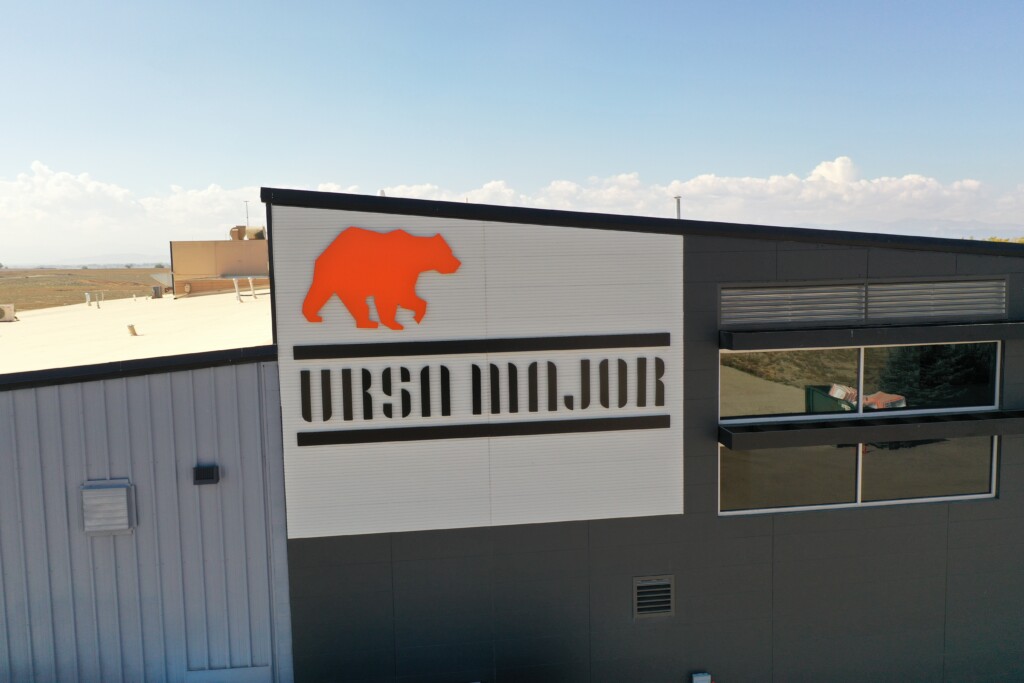
Laurienti says entrepreneurs shouldn’t take criticism personally. “I always like to tell entrepreneurs that the best feature you can develop is thick skin, because you’re going to have a lot of investors and customers and potential employees tell you no,” he says. “You’re going to hear that you’re crazy a lot, so thick skin is the number-one attribute of an entrepreneur.”
Flexibility is another key: “Looking back, I think I’d go back and tell myself, ‘Just be ready to change your plans constantly.’ I definitely remember times when we’d set out for a year or a project or a customer obligation with these grandiose ambitions that have to turn 90 degrees at the drop of a dime.”
That’s especially critical when it comes to making rocket engines. “You’ll put an engine on a test stand expecting to have your very first customer delivery, and then go blow it up,” he says.
 Denver-based writer Eric Peterson is the author of Frommer’s Colorado, Frommer’s Montana & Wyoming, Frommer’s Yellowstone & Grand Teton National Parks and the Ramble series of guidebooks, featuring first-person travelogues covering everything from atomic landmarks in New Mexico to celebrity gone wrong in Hollywood. Peterson has also recently written about backpacking in Yosemite, cross-country skiing in Yellowstone and downhill skiing in Colorado for such publications as Denver’s Westword and The New York Daily News. He can be reached at [email protected]
Denver-based writer Eric Peterson is the author of Frommer’s Colorado, Frommer’s Montana & Wyoming, Frommer’s Yellowstone & Grand Teton National Parks and the Ramble series of guidebooks, featuring first-person travelogues covering everything from atomic landmarks in New Mexico to celebrity gone wrong in Hollywood. Peterson has also recently written about backpacking in Yosemite, cross-country skiing in Yellowstone and downhill skiing in Colorado for such publications as Denver’s Westword and The New York Daily News. He can be reached at [email protected]









